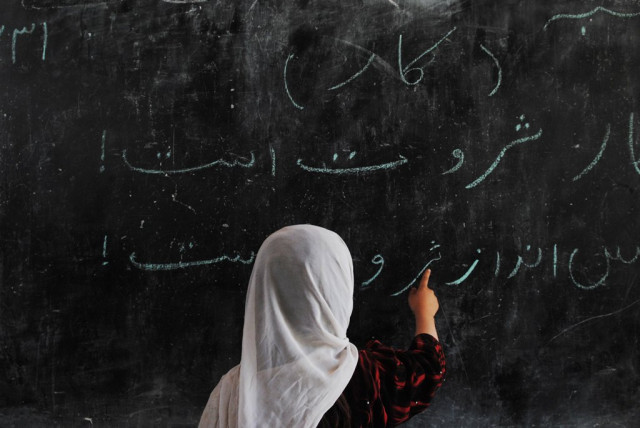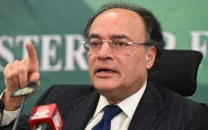Roads are crucial, but education needs to be prioritised along the way
Public investment in infrastructure is important, but sustainability comes through schools

PHOTO: AFP
The World Economic Forum has estimated that global investment on infrastructure would amount to $3.7 trillion a year and yet, a spending gap of $1 trillion would still exist every year.
A recent example of a massive infrastructure investment project in Pakistan is the China Pakistan Economic Corridor (CPEC), part of the larger China’s ‘One Belt One Road’ plan. The investment focuses on building infrastructure in the form of roads, highways and train networks.
Govt reduces money allocation for education
However, there have been concerns from various quarters of infrastructure development being given far more importance than the basics of human development — education and health.
In fact, there have been concerns in developing economies in general on spending a much larger proportion of their budgets on roads but not enough on schools.
Public investment: the policymaker’s angle
A recent IMF Working paper researching public investment in infrastructure in developing economies has found that the distribution of public investment amongst different sectors has important macro-fiscal implications and significant welfare effects.
The paper makes a distinction between ‘economic’ infrastructure comprising of roads, railways and telecommunications and ‘social’ infrastructure such as universities, schools and hospitals.
In an environment of limited resources, the question of how best to allocate public investment between economic and social infrastructure is of fundamental importance to policymakers in developing countries.
The paper narrates that it has been increasingly seen that developing economies with a lower GDP per capita spend less on schools than on roads both in absolute and relative terms as a fraction of GDP.
How do developing economies decide on prioritising investment? A key factor contributing towards this decision is the pace in which investment in roads and schools contribute towards economic growth. The paper has found that for a prolonged period of time, roughly 15 years, the economy enjoys faster growth by investing only in roads. It takes almost 24 years for the output obtained by investing in schools to overtake that delivered by investing in roads. This has considerable fiscal implications as a greater outlay is required by the government to achieve the same return as that of investment in roads.
Governments which are debt-averse or have limited sources of debt financing are therefore less inclined to invest in such long-term projects. Moreover, if policymakers are ‘myopic’ and have a planning horizon of less than 30 years, they are far less likely to invest in schools. This is the case of most of the political leadership in developing countries which focus only on the short-term gains and have little consideration of larger long-run increases in output through investment in schooling.
Public sector investment in Pakistan
Over the years, there has been a significant increase in the Public Sector Development Spending, increasing from Rs348.27 billion during FY13 to Rs800 billion in FY17. According to the latest Economic Survey of Pakistan, investment to GDP ratio stands at 15.8%. Public investment grew by 24% in FY17 and currently stands at 4.3% of GDP. This investment has mostly been in infrastructure and energy related projects with little emphasis on education which stood at 2.3% of GDP in FY16.
‘Allocate more money for higher education’
Rise in investment is also associated with higher debt levels to finance these projects. Data from the State Bank of Pakistan shows that total debt has grown by 11.1% in Q3FY17 relative to the last year and forms a proportion of 72.5% of GDP. This also raises issues of debt sustainability. Moreover, although investment in infrastructure is crucial to propel the country on the path to progress, investment in schooling is crucial for large long-term increase in output.
Multilateral agencies can encourage governments of developing countries to undertake investment in education through offering tied concessional financing and grants.
The writer is an economist and ex-central banker
Published in The Express Tribune, June 19th, 2017.
Like Business on Facebook, follow @TribuneBiz on Twitter to stay informed and join in the conversation.



















COMMENTS
Comments are moderated and generally will be posted if they are on-topic and not abusive.
For more information, please see our Comments FAQ